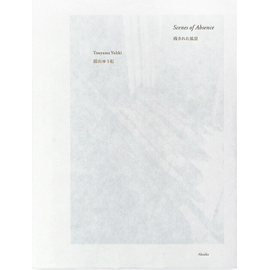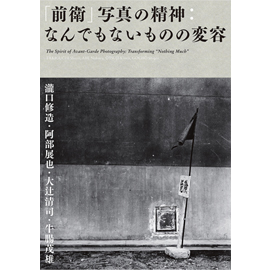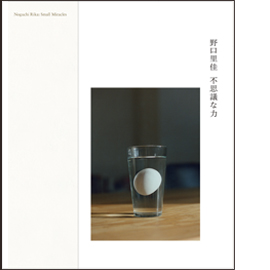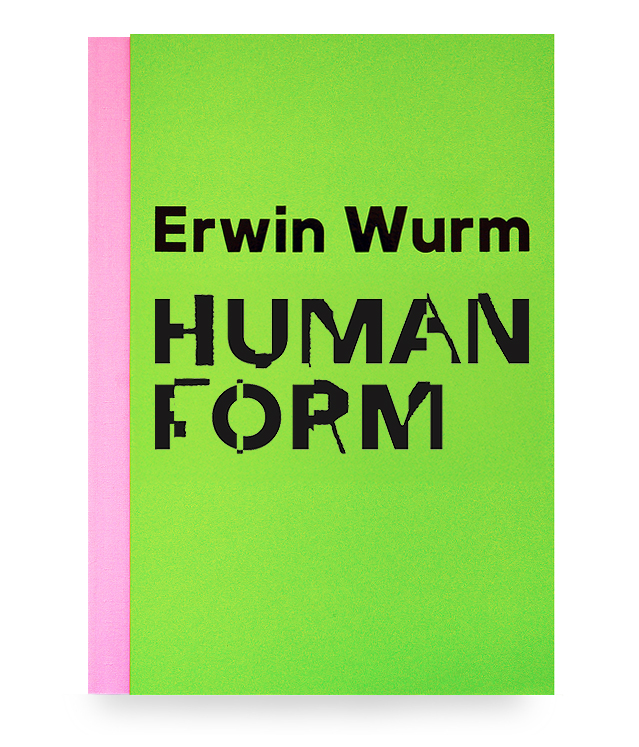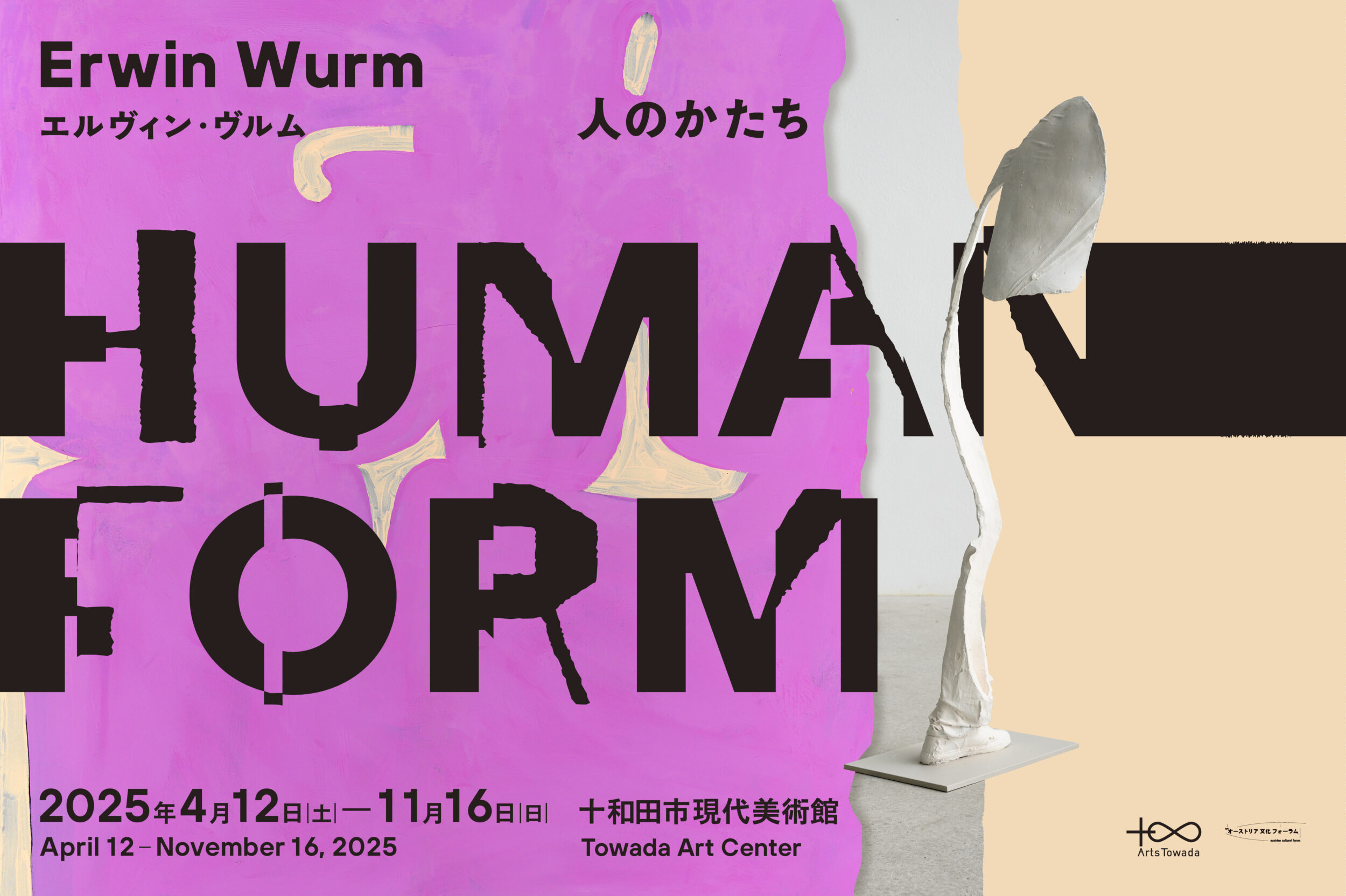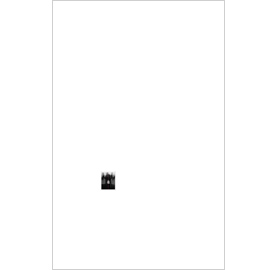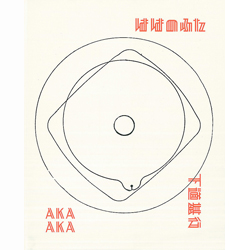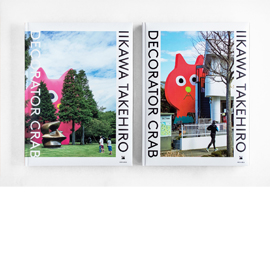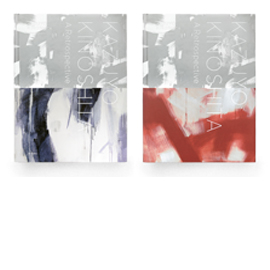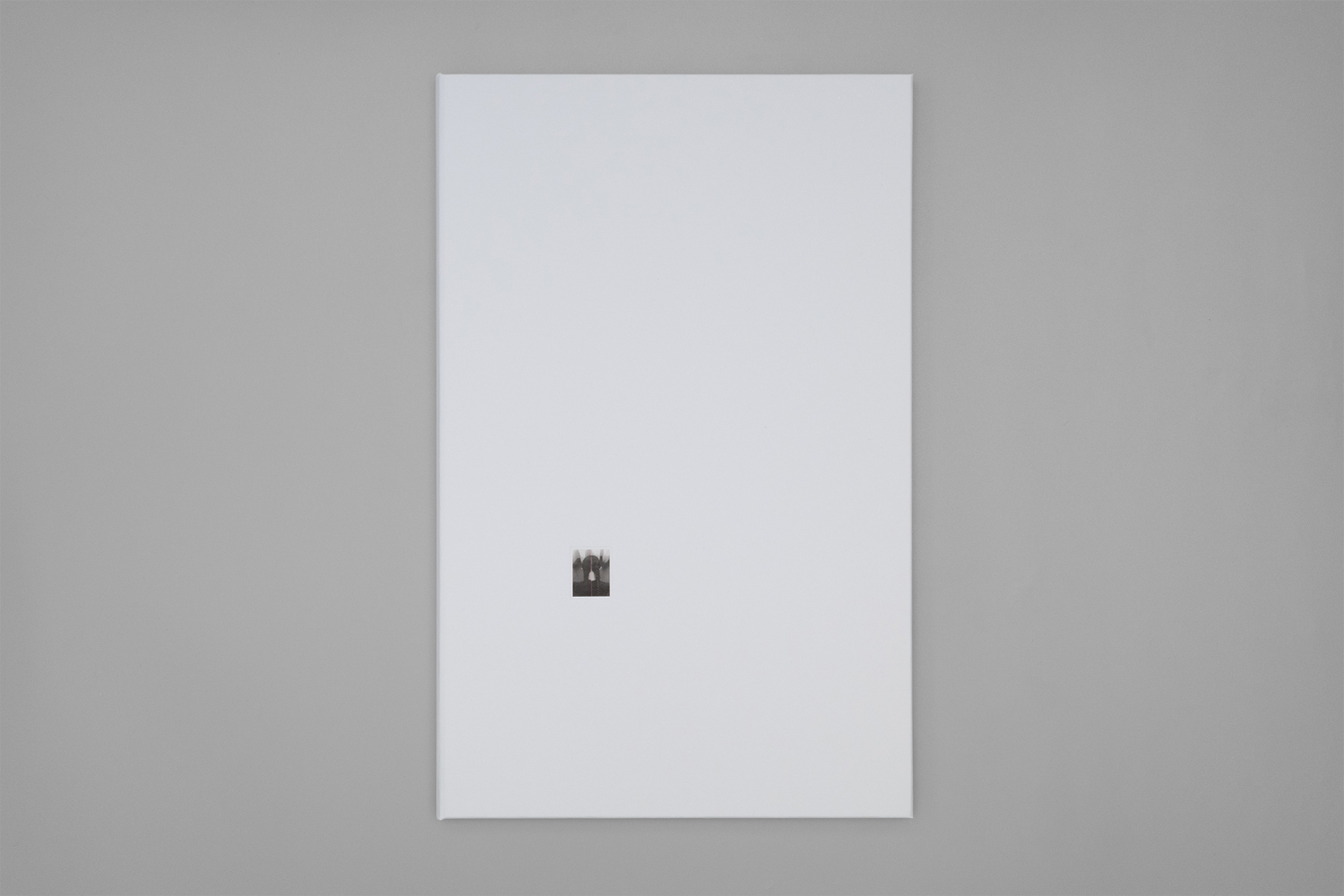
木村和平『石と桃』
発行:赤々舎 Size:H380mm × W240mm Page:96 pages Binding:Hardcover Published in November 2025 ISBN:978-4-86541-213-0 |
¥ 8,000+tax
国内送料無料! お支払い方法は、PayPal、PayPay、Paidy 銀行振込、郵便振替、クレジットカード支払いよりお選び頂けます。 |
|---|
About Book
写真の空間、本の空間、そして身体の織りなす光景
counterpoint
Kazuhei Kimura
I had experienced certain symptoms since early childhood. Sensations that were essential to constituting who I am, yet which I felt were not worth sharing with others. For now, I will try listing them in the order I can recall:
・Colors and shapes appear distorted.
・Things I see feel either infinitely far away or extremely close.
・An image replays in my mind where parts that are black and white appear fluorescent.
・An image replays in my mind where hard, needle-like sharp objects and soft, mochi-like objects intersect.
・Mainly when lying down and looking up at the ceiling, the four corners of the room contract sharply.
・The faces of people in front of me appear enormous.
・The flow of time feels extremely fast or slow.
・During conversation, a certain phrase repeats rapidly in my mind.
These symptoms occurred routinely and naturally in my daily life, so I hardly ever spoke to those around me about them, and even when I finally did, they neither understood nor showed any interest. Yet, as a child, I think I felt more, or at least as much, a sense of being myself as the loneliness of not being able to share these experiences. In my daily life, I was rarely consciously aware of the symptoms, but they also never disappeared. And so, I grew up without knowing their true nature.
About seven or eight years ago, one day while browsing X (SNS), I came across a summary article. It was about a condition called "Alice in Wonderland Syndrome." The cuteness of the name, and some kind of premonition at the time, led me to click the link. As I read through the symptoms, almost all of them matched what I had experienced, and I was astonished. I can still vividly recall the shock I felt at that moment.
I learned that Alice in Wonderland Syndrome is a condition where, despite no abnormalities in vision, objects appear a different size than they actually are, and that it manifests various other symptoms such as abnormalities in color perception and time perception. True to its name, it was named after Lewis Carroll's Alice's Adventures in Wonderland, and it seems that Carroll himself, as well as Ryunosuke Akutagawa, also experienced similar symptoms. I felt both relief and disappointment that someone else had experienced the sensations I thought were unique to me, but above all, I was happy that these experiences finally had a name. Reflexively, I wanted to create work about Alice Syndrome.
Although I wanted to, years passed without achieving it. At the time, I had just begun photography, and I had no technical skills or knowledge. If I were to visualize the aforementioned symptoms, painting, collage, or animation would probably be more suitable, and many artists, including Lewis Carroll and Jan Švankmajer, had already produced high-quality works using such media. So then, what could photography do? Days passed while I pondered whether there might be a method, beyond merely visualizing the symptoms. At that time, I realized that what mattered was not wanting to do Alice's Adventures in Wonderland, but wanting to do "Alice in Wonderland Syndrome."
Although I was troubled by the symptoms of Alice Syndrome, I think I probably never actually suffered, and rather, I seemed to enjoy them. I have heard that there are people who do suffer, and perhaps my case is still mild. A fair amount of time has passed since I first conceived the idea. While I was dazing off, "Alice in Wonderland Syndrome" was featured in the media several times and became a more widely known condition. Until around age 26, the symptoms appeared routinely, but in recent years, the frequency of experiencing them has gradually decreased. Now, they appear only slightly, along with migraines, when I feel particularly fatigued. It feels as though the fairy I had carried on my shoulder for so many years has disappeared. It is sad to think that forgetting this would mean it never existed. I felt that I must preserve that sensation.
August 31, 2025 - Note added
It has been ten years since I began the idea of "creating a work about Alice in Wonderland Syndrome," and three years since I started presenting it in exhibitions. I have continued thinking about a single series, facing my body at each moment and incorporating new elements, and in a way, I have held five exhibitions presenting a sort of unfinished mass. At first, I chose to present only in exhibitions, thinking, "I do not feel like I can make this into a book," but through continued creation, the concept of a book gradually emerged, and I am pleased to be able to give it form in this way.
Since the beginning of the presentation of "counterpoint", there have been a few occasions when people have said things like, "You are sublimating pain and hardship into your work." Each time, I have asked myself whether that is really true, assuming the freedom of interpretation. Have I ever truly suffered, even once? In 2022, I spoke of the symptoms as fairies. I did not wish for them to disappear; rather, I wanted to build a good relationship with them.
This work is not meant to raise awareness of Alice in Wonderland Syndrome, nor to appeal to society about its difficulties. And now, the main purpose is no longer to reproduce the symptoms in photographs. Starting from a precious, yet standard experience for me, which bears the very conspicuous name "Alice in Wonderland Syndrome," I create the landscapes I want to see and photograph them. I arrange them under a few rules in a white room (or in a book) and allow people to enter the space. Beyond the judgment of "understood" or "not understood," they can enjoy seeing and the enigma itself, and contemplate the differences in human perception. Perhaps this is what the work is about.
The production as "counterpoint" will probably reach a conclusion here. Yet from now on, I will likely be unable to imagine anything without the experience of Alice in Wonderland Syndrome. This is because that state is my standard. Even if the symptoms no longer fully appear, I wish to continue facing the concerns in front of me, wrapped in this reliable enchantment.
Related Exhibitions
|
木村和平「石と桃」 会期:2025年11⽉20⽇(木)〜12⽉7⽇(日) 時間:13:00〜20:00(会期中無休) 会場:Roll(東京都新宿区揚場町 2-12 セントラルコーポラス No.105) アーティスト・トーク ゲスト: 姫野希美(赤々舎) 日時: 11月29日(土)18:00−19:30 入場料: 1,500円 + 1ドリンク制/500円 定員: 25名様(先着順・着席) |
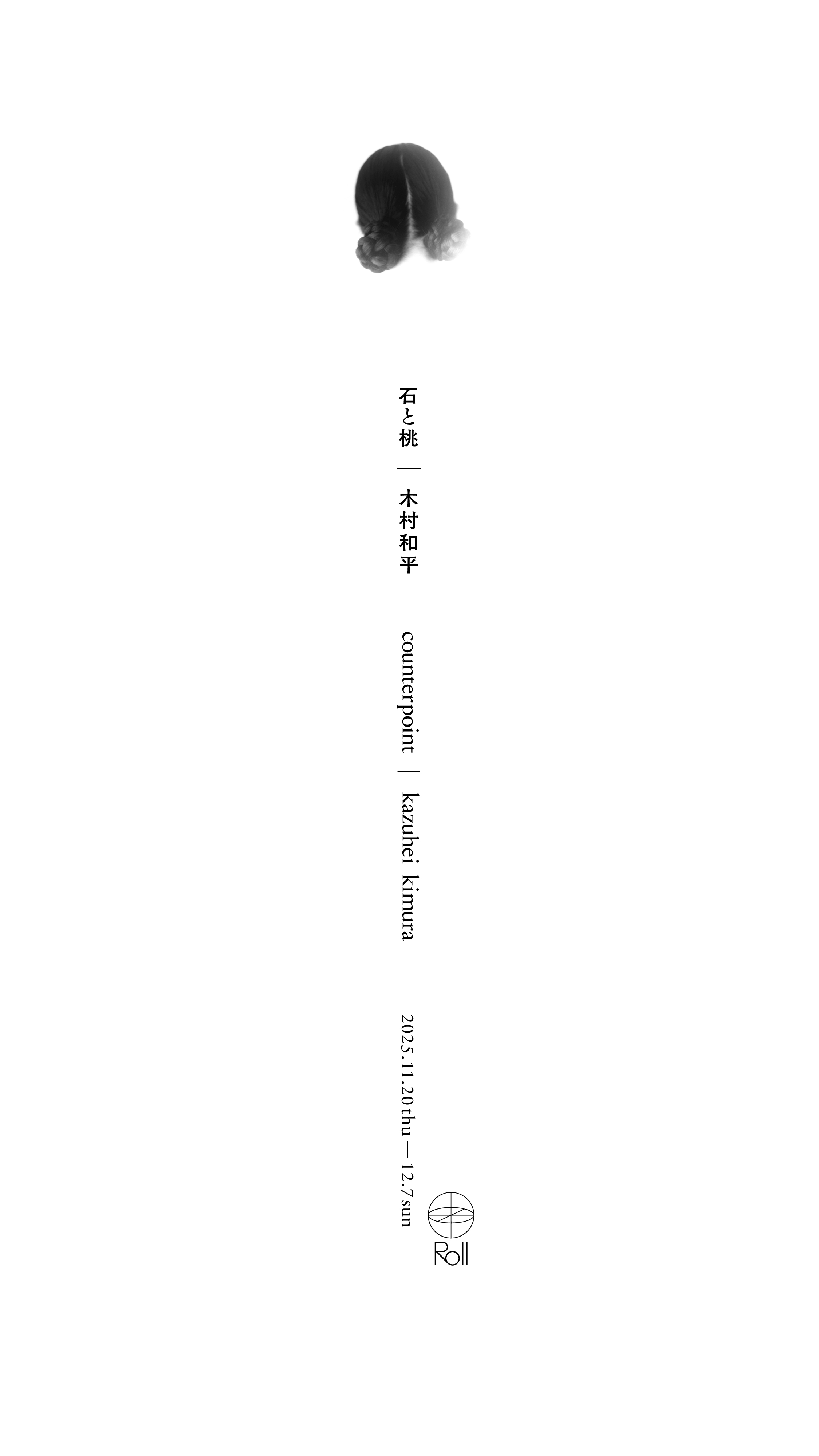
|
|
木村和平「石と桃」刊行記念フェア 会期: 2025年12月10日(水) 〜12月24日(水) 会場: 代官山蔦屋書店 2号館1階 アートフロア(東京都渋谷区猿楽町17−5 代官山 T-SITE) サイン会 日時:12月23日(火) 18:30〜20:00 場所:代官山 蔦屋書店 2号館1階アートカウンター 対象書籍:木村 和平『石と桃』(参加方法 詳細) |
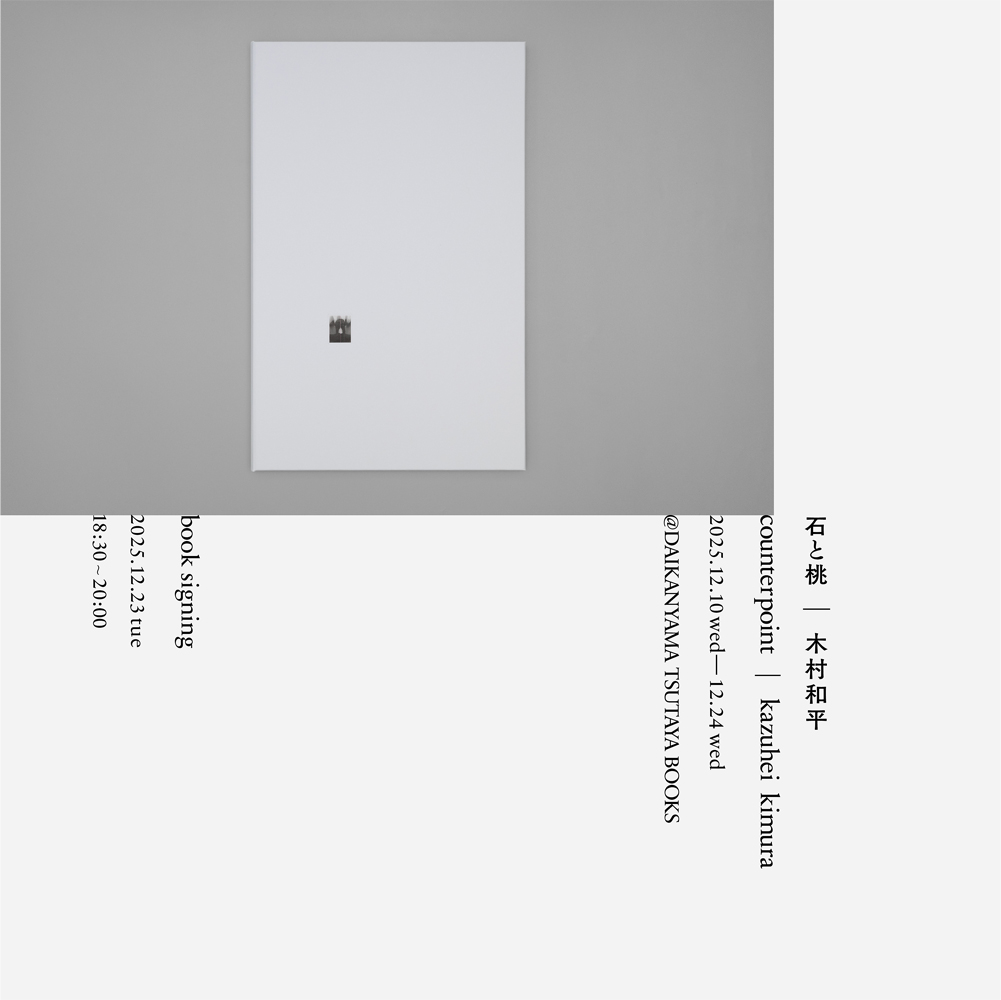 |
Artist Information
木村和平
1993年、福島県いわき市生まれ。東京在住。第19回写真1_WALLで審査員奨励賞(姫野希美選)、IMAnext #6「Black&White」でグランプリを受賞。主な個展に、2022年「石と桃」(Roll)、23、24年「石と桃」(Roll / PURPLE)、25年「石と桃」(Roll)、2020年「あたらしい窓」(BOOK AND SONS / book obscura)、2019年「袖幕 / 灯台」(B gallery)。主な写真集に、『IRON RIBBON』(Libraryman)、『あたらしい窓』(赤々舎)、『袖幕』『灯台』(共にaptp)など。
Kazuhei Kimura
Born in Iwaki, Fukushima, in 1993. He currently lives and works in Tokyo. Kimura has received several awards for his photography, including the Jury Encouragement Award at the 19th Photography 1_WALL (selected by Kimi Himeno), and the Grand Prix at IMAnext #6 "Black & White" (selected by Takayuki Ishii).
His solo exhibitions include counterpoint (Roll, 2022) ,Counterpoint (Roll / PURPLE, 2023, 2024), The Other Side of the Window (BOOK AND SONS / book obscura, 2020), and Wing Curtain / Lighthouse (B gallery, 2019).
His photobooks include IRON RIBBON (Libraryman), The Other Side of the Window (AKAAKA), Wing Curtain and Lighthouse (both aptp), as well as HIKARU UTADA SCIENCE FICTION TOUR 2024 NINE STORIES (New Gallery) and NEW GENTLEMEN (IMA photobooks / GUCCI).
Related Items
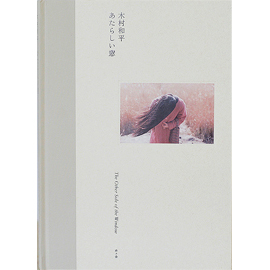 |
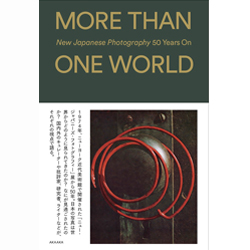
|
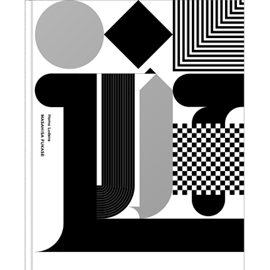
|
|
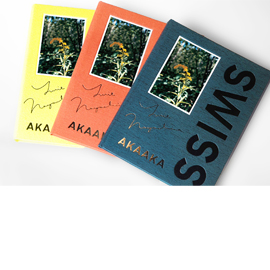
|
|---|
|
|
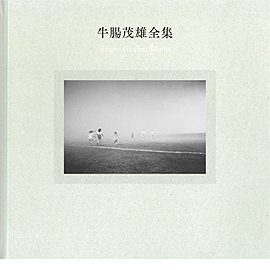
|
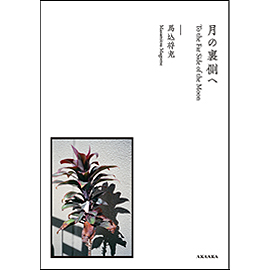
|
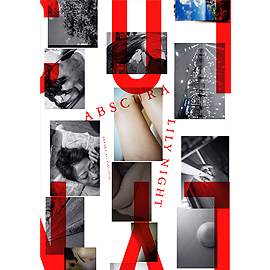
|
|---|

